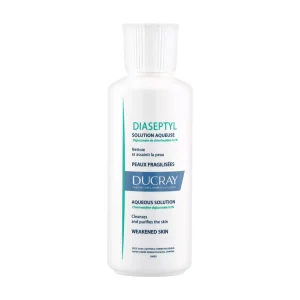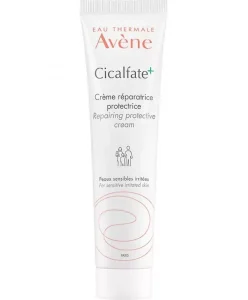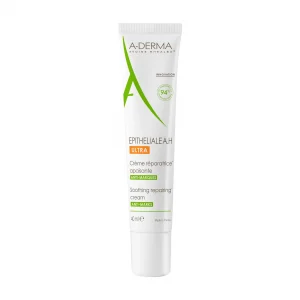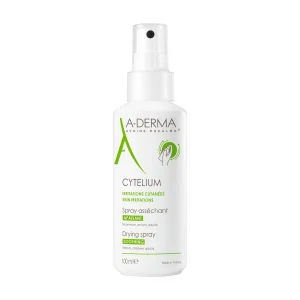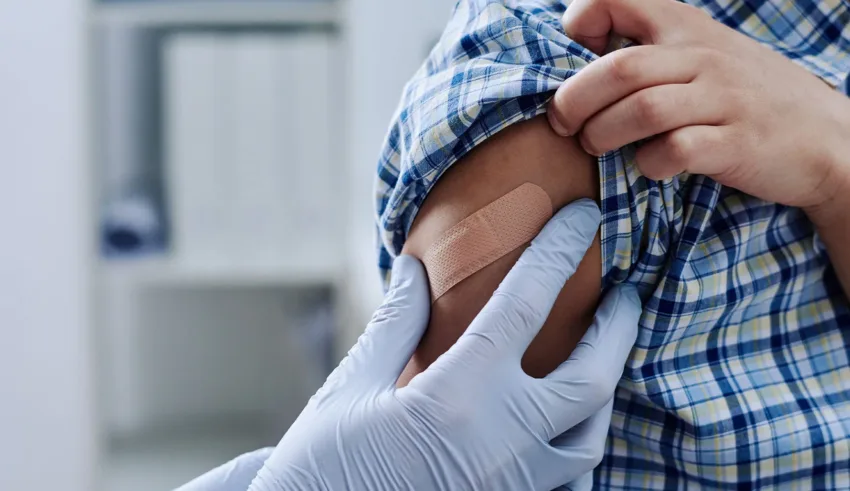
Just imagine: every cut, scrape, or wound has a unique story to tell. What if I told you that the end of those stories is often in the hands of wound care experts? In the world of healthcare, these experts are the unsung heroes who hold the key to transformative healing. In this article and in collaboration with dermatologist Dr. Aashim Singh, we reveal the secrets of expert insights in wound care and discover how their wisdom is changing lives, one wound at a time.
How can you optimize your general health to facilitate the wound-healing process?
Optimizing overall health is crucial to facilitating the wound-healing process. Here are several key strategies that you can incorporate into your life to promote effective wound healing:
1- Nutrition: A balanced diet is essential for wound healing. Make sure you get enough protein, vitamins (especially vitamin C and vitamin A), minerals (such as zinc and iron), and antioxidants. These nutrients support collagen formation, tissue repair, and the body’s immune response. According to Dr. Aashim Singh, recovery will be faster if the body does not suffer from nutritional deficiencies. So optimize your overall health by filling up on vitamins and minerals, maintaining a healthy weight, and keeping fit.
2- Hydration: Good hydration is essential to the healing process. Water is necessary for various biochemical reactions that contribute to wound healing. Try to drink enough water throughout the day to avoid dehydration.
3- Stop smoking: Smoking impairs blood circulation and oxygen supply to tissues, which can significantly hamper wound healing. If you smoke, consider quitting to improve your chances of recovery.
4- Managing chronic diseases: If you suffer from chronic diseases such as diabetes, hypertension, or obesity, it’s essential to manage them effectively. Uncontrolled chronic diseases can hinder wound healing.
5- Exercise regularly: Regular physical activity can stimulate circulation, increase the supply of oxygen and nutrients to tissues, and help maintain a healthy weight. However, avoid overexertion and consult your doctor before starting an exercise program, especially if you have a serious wound.
6- Adequate sleep: Quality sleep is essential for tissue repair and immune system function. Aim for 7 to 9 hours of sleep per night to support your body’s healing processes.
7- Stress management: Chronic stress can slow down the healing process. Practice stress-reduction techniques such as deep breathing, meditation, yoga, or other relaxation methods.
8- Wound care: Follow your healthcare provider’s instructions for wound care. Dr. Aashim Singh notes that proper wound care – keeping the wound clean and infection-free, keeping it moist, and covering it with a plaster cast – contributes to faster healing.
9- Infection prevention: Be vigilant about infection prevention. Wash your hands regularly and avoid exposing the wound to potentially contaminated environments. If you notice any signs of infection (redness, swelling, increased pain, or discharge), contact your healthcare provider promptly.
10- Avoid alcohol: Excessive alcohol consumption can weaken the immune system. Dr. Aashim Singh explains that alcohol consumption hinders healing because it induces oxidative stress in the body and delays the healing process.
Remember that the healing process is unique to each individual and that factors such as age, general health, and the nature of the wound can influence the healing time. Always consult your healthcare provider for specific advice on optimizing the wound healing process for your situation.
What are the guidelines for cleaning, dressing, and protecting wounds?
Proper wound care is essential to facilitate healing and prevent infection. Here are some general tips for cleaning, dressing, and protecting wounds:
1- Gather supplies and prepare the area:
- Wash your hands thoroughly with soap and water.
- Gather necessary supplies such as clean gloves (if available), clean towels, mild soap, etc.
- Make sure the work area is clean and well-lit.
- If possible, wear disposable gloves to minimize the risk of contamination.
2- Clean the wound:
- Use mild soap and water or a normal saline solution to clean the wound.
- Gently remove any debris or foreign matter from the wound.
- Avoid using hydrogen peroxide, iodine, or alcohol, as they can damage healthy tissue.
- Clean the wound from the center outwards, in a circular motion, using a clean cloth or sterile gauze.
- Rinse the wound thoroughly to remove any soap or debris.
- Pat the area dry with a clean, sterile towel or gauze. Do not rub the wound.
We recommend cleaning your wound of dirt, bacteria, and visible particles with the following disinfectant spray to speed up healing. This spray has cleansing and purifying properties.
Ducray Diaseptyl Spray
3- Apply wound cream:
- The application of a wound cream is very important to support and accelerate the natural healing of minor superficial wounds such as cuts, scrapes, and abrasions. Wound creams help restore and promote an optimal environment for skin recovery.
Our picks:
For non-oozing wounds:
Eau Thermale Avène Cicalfate+ Restorative Protective Cream
A-Derma Epitheliale A.H Ultra Soothing Repairing Cream
For oozing wounds:
If your wound is oozing, we recommend drying it with the following A-Derma spray, which drains and decongests oozing skin. It also soothes, calms, and softens the skin in the event of irritation.
A-Derma Cytelium Drying Spray
Once your wound is dry, you can follow up with the creams mentioned above.
4- Cover and protect the wound:
- Cover the wound with a sterile gauze pad or non-adhesive dressing. Make sure the dressing is large enough to extend beyond the edges of the wound.
- Secure the dressing in place with an adhesive strip or bandage. Make sure it’s not too tight, as this could impede blood circulation.
- Keep the wound clean and dry. Change the dressing if it becomes wet or dirty.
You should also monitor the wound for signs of infection. Dr. Aashim Singh explains that, during daily cleaning and dressing application, you should look out for any redness, pain, and hardness of the skin around the wound – indicating inflammation and infection – and consult a doctor if this occurs. She adds that fever, malaise, pain or swelling around the wound, and increasing difficulty in moving may indicate possible complications.
Remember, these are general wound care guidelines. Specific care and dressing changes may vary depending on the type of wound, its location, and individual health status.
What can be done to minimize scarring?
According to Dr. Aashim Singh, the tendency to form scars depends not only on genes but also on your skin’s ability to heal. She outlines a few strategies for minimizing scarring:
- Appropriate wound apposition and closed dressing minimize scarring.
- Sterile strips of skin glue can facilitate apposition.
- Infection prevention is of the utmost importance to avoid scarring. It is useful to avoid excessive rubbing and movement, especially if a joint is involved.
- Oral vitamins and vitamins help to speed up recovery.
- A protein-rich diet also contributes to faster healing.
Conclusion
The future of wound care is bright, with breakthroughs on the horizon. Wound care experts continue to shape the field, driving innovation and progress. We can be confident that, thanks to the expert insights in wound care, we will continue to master the art of healing and help countless people on the road to recovery.
